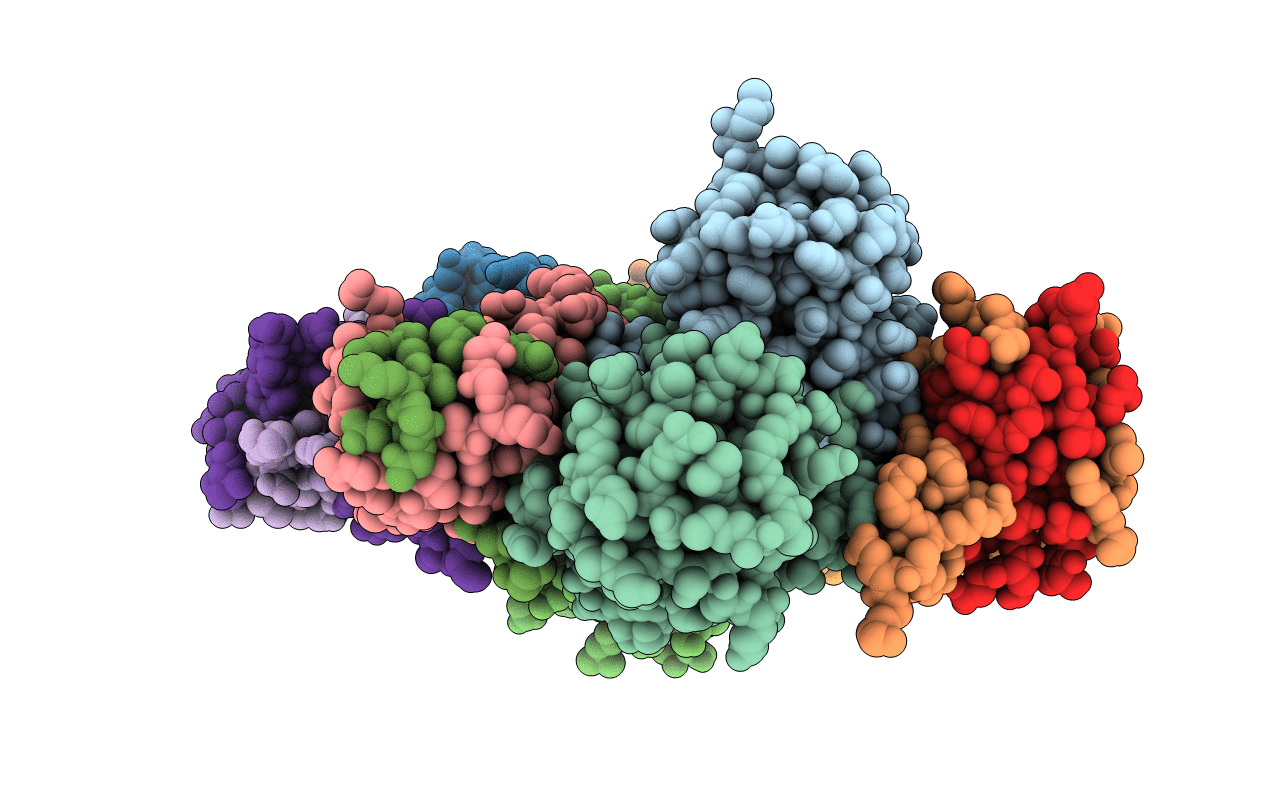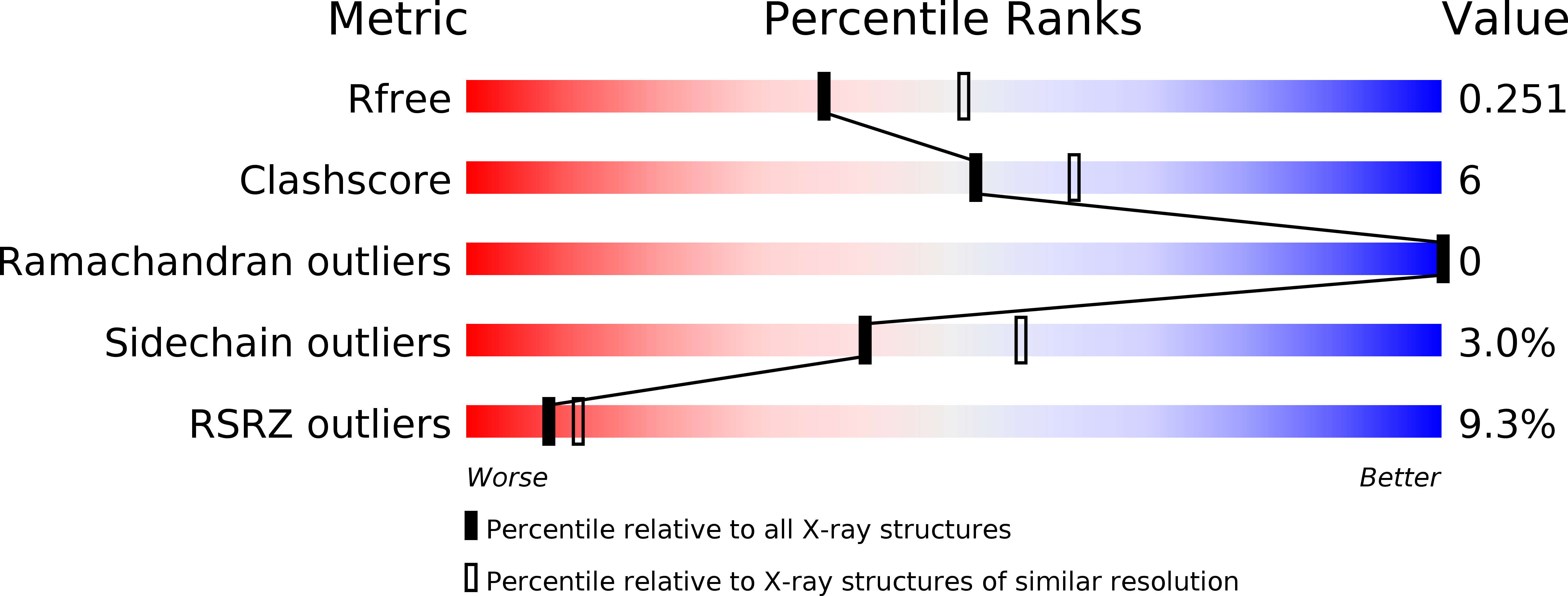
Deposition Date
2018-01-05
Release Date
2018-04-04
Last Version Date
2023-11-22
Entry Detail
Biological Source:
Source Organism:
Escherichia coli (Taxon ID: 562)
Escherichia coli O127:H6 str. E2348/69 (Taxon ID: 574521)
Escherichia coli O127:H6 str. E2348/69 (Taxon ID: 574521)
Host Organism:
Method Details:
Experimental Method:
Resolution:
2.29 Å
R-Value Free:
0.25
R-Value Work:
0.23
R-Value Observed:
0.23
Space Group:
C 1 2 1


